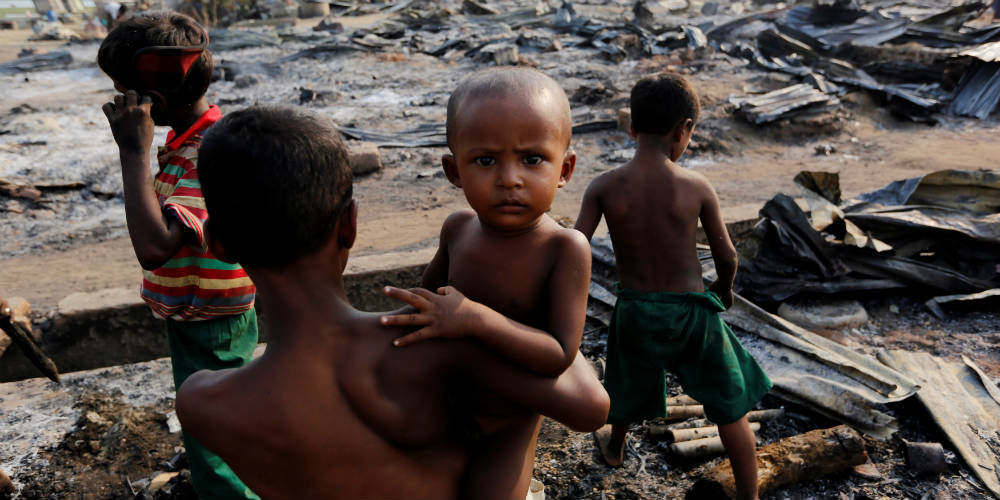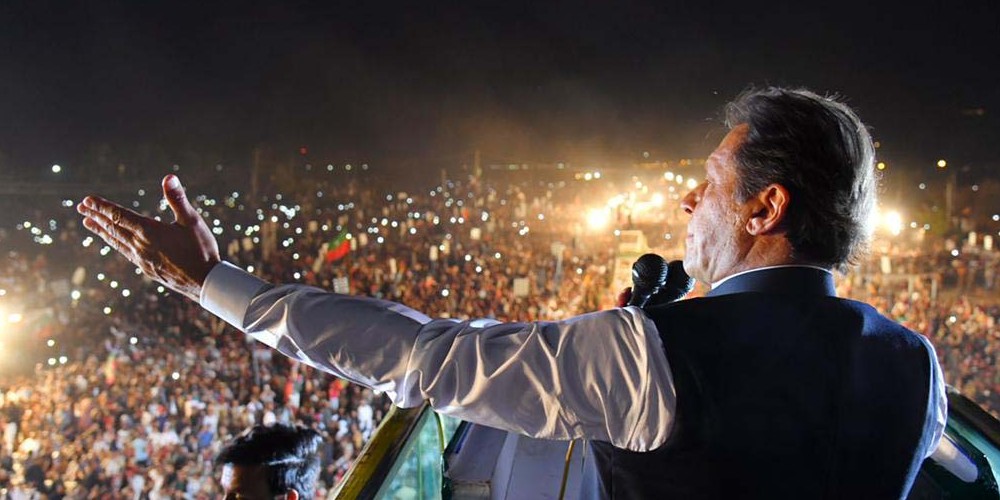BY SAEED NAQVI
It was not easy to fit Syria into a pattern ever since Mohammed Bouazizi, Tunisian pavement seller, ignited Arab change by setting himself ablaze for being slapped by a policewoman on December 17, 2010.
The Arab world divided itself into three distinct theaters of change. First were the North African states, stretching from Morocco to Egypt, having a Mediterranean face but an African depth too. The turn of events in Egypt were tectonic.
The second theatre was Libya where Muammar Qaddafi, in a solo, walked through minefields inexpertly laid by the Anglo-French combine. This has now turned into a fox hunt – hounds, bugles et al.
The most violent theatre was in Saudi charge, a Shia arc around the realm – Yemen with its Zaidis and Huthis (Al Qaeda, too), Bahrain (80 percent Shia), Kuwait (30 percent), Iraq (65 percent), the last three converging on the Saudi oil fields in Dahran, Dammam, Qatif, all Shia dominated.
Damascus was more like pre-occupation Baghdad. Saddam Hussain and Hafez al Assad were both secure as leaders of the iron-clad Ba’ath Socialist parties. Order was maintained by the army and party cadres.
But in Iraq Saddam, Army, party were all smashed by the US occupation, focused overwhelmingly on oil. Only a subsidiary interest was to insulate Israel’s east from an oil rich, efficient dictatorship. An unintended consequence was the emergence of Shia power around which the Saudis are now doing a vigorous war dance.
Syria was spared the American wrath because it had no oil and its border with Israel had been the most peaceful in the region. War drums around Damascus are a surprise because another Iraq is not possible.
That would entail American invasion, not in the cards now. So Damascus has to be destabilized in other ways – by encouraging the Sunni majority against the Alawite dominated regime, for instance.
Why this focus on Damascus now? Have they found oil on a scale comparable with Iraq? It takes time to digest startling reality. Yes, oil and gas are in the bargain now, offshore, within the territorial waters of Israel, Syria, Lebanon and Cyprus, as much oil as there is in Saudi Arabia. Do a Google search and find Israel Energy Initiative. Familiar names like Dick Cheney, Murdoch, Rothschild swim into focus.
New Delhi clearly has a lively embassy in Damascus. Here, seated in President Bashar Assad’s palace, I find officials quickly process documents submitted by ONGC Videsh Ltd to prospect in blocks claimed by Syria.
Some political facts to complete the picture. A Shia ring around Saudi Arabia gives Riyadh nightmares. A larger, strategic Shia arc (plus Hamas) is Israel’s nightmare. It is in this latter category that Syria fits in because Assad, his clan, the army, are all Alawites a secular variant of Shias. The majority is overwhelmingly Sunni. These sectarian divisions in the Syrian context are slightly misleading: Baa’th socialism nurtured a deeply secular society. Creeping anger inclined towards Sunni extremism is an import from neighbours after televised destruction of Iraq.
Ataturk’s Turkey and Ba’ath Syria had a durable, secular bond. But a more Islamic Turkey has been pressing Assad to give political space to the Muslim Brotherhood, while introducing reforms in Syria. For Assad, this would be the thin end of the wedge.
A more “sunni” Syria would remove the country from the Iran, Hezbollah, Hamas nexus and enhance Turkey’s influence way above Iran’s in the region. Also, Turkey is strategically placed to ensure fluent flow of fuel to Europe or elsewhere when the off shore oil is placed in pipelines.
In this scenario, US ambassador to Syria Robert Stephen Ford’s role is vital. John Negroponte as ambassador to Iraq, said of Ford, his deputy then: “he is one of those very tireless people……who didn’t mind putting on his flak jacket and helmet and going out of the Green Zone to meet contacts”. Well, he is putting his genius to use driving to such trouble spots as Hama’a and Darr’a patting the rebels. Why Assad has not shown him the door probably reflects on the besieged President’s weakness, possible divisions in the highest leadership.
In this destabilization process the Iraqi insurgency next door also finds an outlet, relieving pressure on US troops planning departure from Baghdad.
The media, Al Jazeera, Al Arabiya, BBC, CNN, in that order are putting out stories which neither this journalist nor non-Arab ambassadors have found to be true. In a drive to Homs, even Hama, the real trouble spot, I saw fewer pickets than on Indian roads. At the end of the day media’s reputation will be quite as battered as the region is. How are these bogus stories being flashed despite dictatorial censorship? The New York Times says that “the Obama administration is leading a global effort to deploy ‘shadow’ internet and mobile phone systems that dissidents can use to undermine repressive governments that seek to silence them by censoring or shutting down telecommunications networks.” All for love of freedom?
(Saeed Naqvi is senior Indian journalist, television commentator, interviewer, and a Distinguished Fellow at Observer Research Foundation. Mr. Naqvi is also a mentor and a guest blogger with Canary Trap)


One Comment
Well, Ghaddafi had Forty years to unite the Libyan peope behind him but ultimately failed. And now lets just pray that whatever type of government that is established by the National Transitional Council is an improvement and ultimately brings greater peace and growth to Libya!